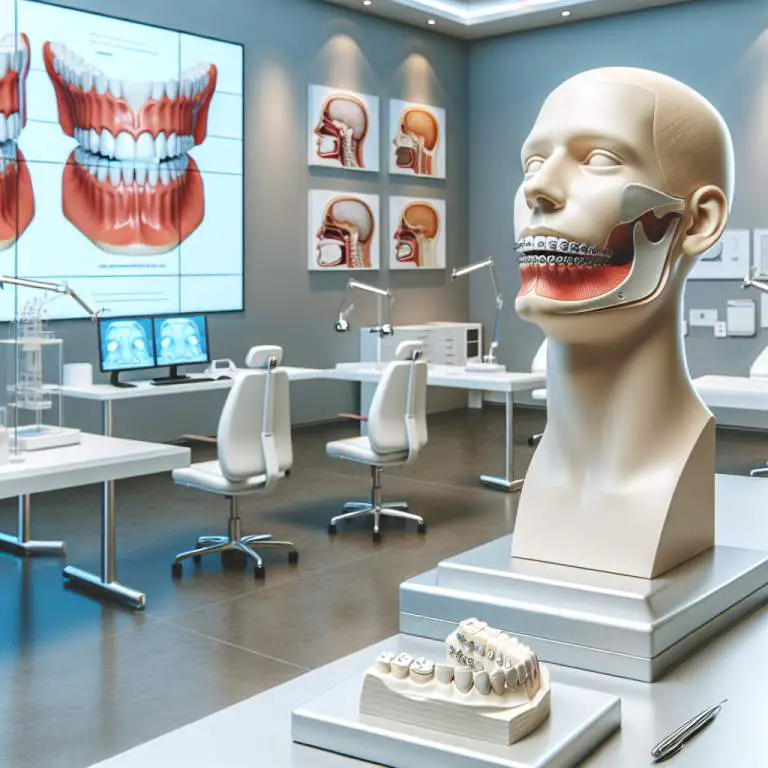Are there any age limitations for starting mewing?
No, there are no strict age limitations for starting mewing. People of all ages can begin the practice, but younger individuals may see results more quickly due to their still-developing facial structures. However, older individuals can still benefit from improved breathing and posture alignment associated with mewing.

Are there any age limitations for starting mewing?
When it comes to mewing, a technique that involves positioning the tongue against the roof of the mouth to potentially improve facial structure, people often wonder if there’s a right or wrong age to start. The good news is, there are no strict age limits for beginning mewing. This means that whether you’re a teenager or well into adulthood, you can give this method a try.
However, it’s important to note that while anyone can start mewing at any age, younger individuals might find it easier to adapt to and see results from this practice. This is because their bones are still growing and can be more easily influenced by changes in muscle posture. But don’t let that discourage you if you’re older; improvements can still be made.
How does age affect the results of mewing?
The impact of age on mewing results is quite significant. For younger individuals, especially those still in their growth phase, the effects of mewing can be more pronounced and may occur faster. This is because their facial bones are not fully set and can be more easily molded through consistent practice.
In contrast, adults may need to have patience as changes could take longer to manifest. The reason behind this is that once we reach a certain age, our bone structure becomes more rigid and less susceptible to change. However, with persistent effort over time, adults too can observe positive changes in their facial aesthetics through mewing.
What are the initial steps to begin mewing correctly?
To start mewing correctly, the first step involves understanding how to position your tongue properly. Your entire tongue should be pressed against the roof of your mouth, not just the tip. This might feel strange or difficult at first but becomes more natural with practice.
Next up is ensuring your lips are closed and your teeth lightly touching each other without clenching. Breathing through your nose rather than your mouth is also an essential part of practicing mewing effectively. These initial steps lay down the foundation for successful mewing and help in gradually improving your facial structure over time.
Can mewing improve facial structure in adults as well as it does in younger individuals?
Mewing has been discussed widely for its potential benefits on facial structure among both young people and adults. While younger individuals may see quicker and more noticeable results due to their developing bone structure, adults too stand a chance at reaping benefits from this practice.
The key for adults is consistency and patience; although changes might occur at a slower pace compared to younger practitioners, improvements in jawline definition and overall facial alignment are possible over time with diligent practice. It’s about giving your face a gentle nudge towards better posture every day.
| Age Group | Ability to Start Mewing | Effectiveness of Mewing |
|---|---|---|
| Children (Under 12) | Highly adaptable, easy to start | Most effective, as facial bones are still developing |
| Teenagers (13-19) | Easily adaptable, can start with guidance | Very effective, especially during puberty when growth spurts occur |
| Young Adults (20-30) | Possible with dedication | Moderately effective, slower changes due to matured bone structure |
| Middle-aged Adults (31-50) | Possible but requires more effort and consistency | Mild effectiveness, changes are subtle and take longer |
| Elderly (51+) | Challenging but not impossible with persistence | Limited effectiveness, primarily for maintaining oral posture and health rather than significant structural change |
Common Mistakes to Avoid While Practicing Mewing
One common mistake people make with mewing is not applying consistent pressure. It’s important to keep your tongue pressed against the roof of your mouth as much as possible. If you only do it sometimes, you won’t see good results.
Another mistake is focusing too much on the hard push against the palate. While some pressure is necessary, overdoing it can cause discomfort or even pain. The key is to find a balance where your tongue is comfortably resting against the roof of your mouth without forcing it too hard.
How Long Does It Typically Take to See Results from Mewing at Different Ages?
For younger individuals, changes from mewing can be noticed relatively quickly, often within a few months. This is because their facial bones are still growing and can be more easily shaped by the technique.
In adults, seeing results from mewing can take longer, sometimes up to a year or more. Since adult bones have stopped growing, changes occur through slight adjustments over time. Patience and consistency are key for adults practicing mewing.
Are There Any Scientific Studies Supporting the Effectiveness of Mewing for All Ages?
Currently, there are limited scientific studies directly supporting the effectiveness of mewing for all ages. Much of the evidence comes from anecdotal reports and observations made by orthodontists like Dr. John Mew and Dr. Mike Mew.
However, some related research suggests that proper tongue posture can influence facial structure and airway health. More comprehensive studies are needed to conclusively prove the benefits of mewing across different age groups.
Final Thoughts
Mewing has gained popularity as a technique for improving facial structure and posture. While many swear by its benefits, it’s important to approach it with realistic expectations and patience.
Avoiding common mistakes and understanding that results vary by age can help set you on a path toward success with mewing. Remember, while scientific evidence is still emerging, maintaining good posture and oral habits contributes positively to overall health.







